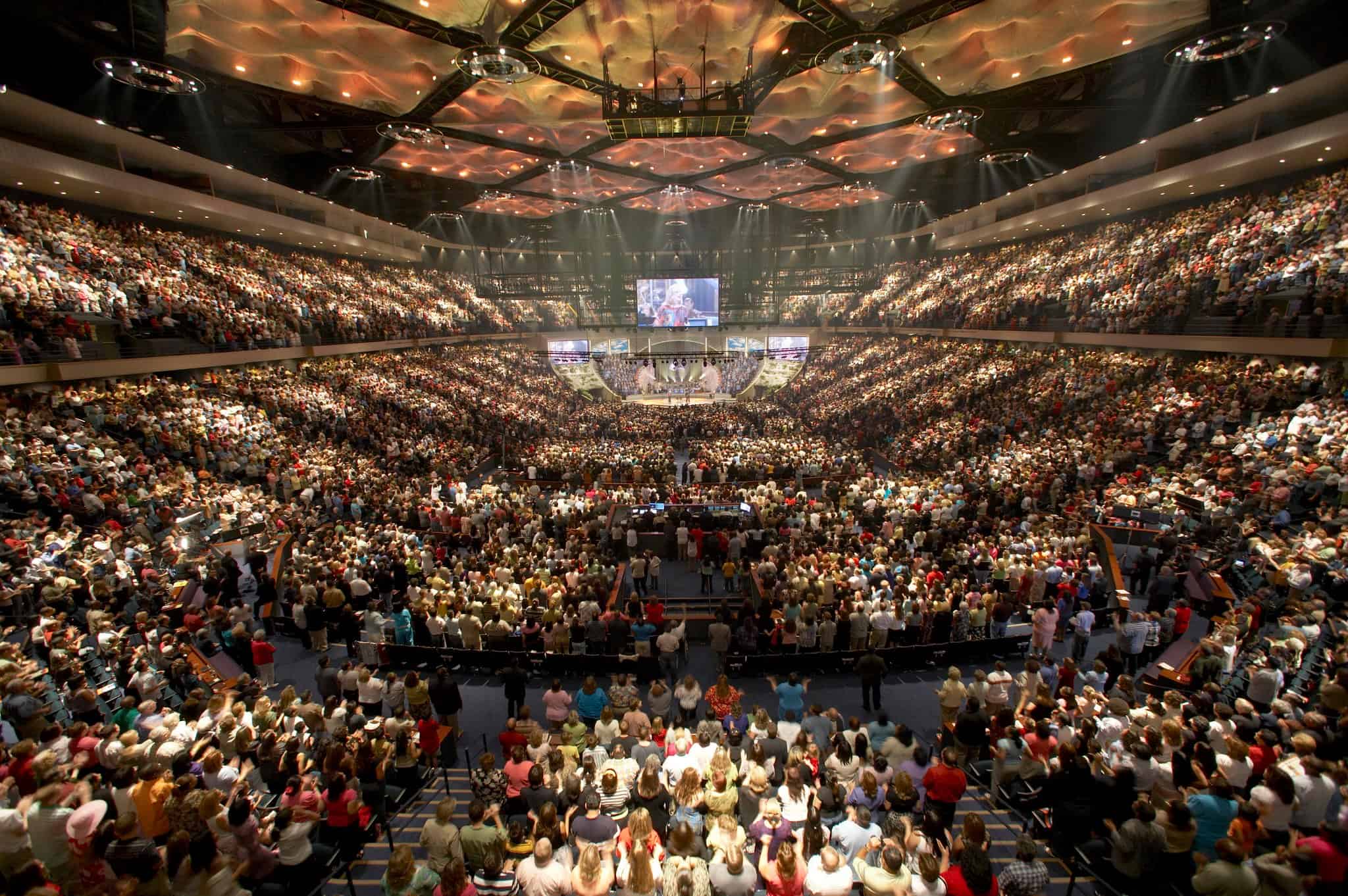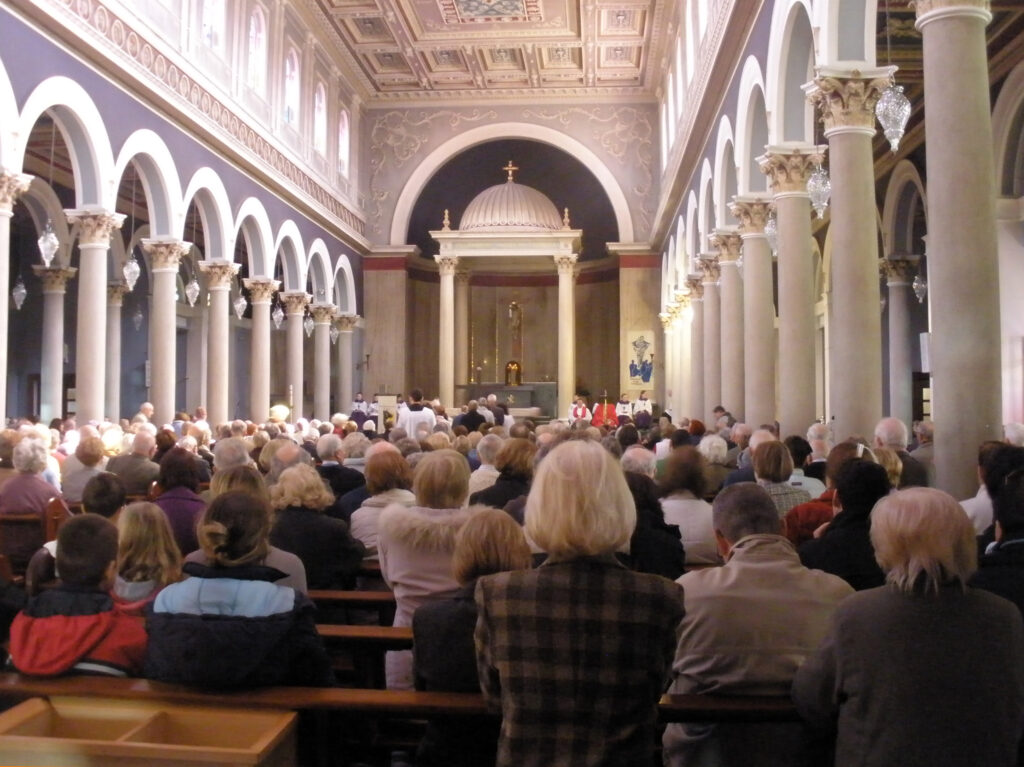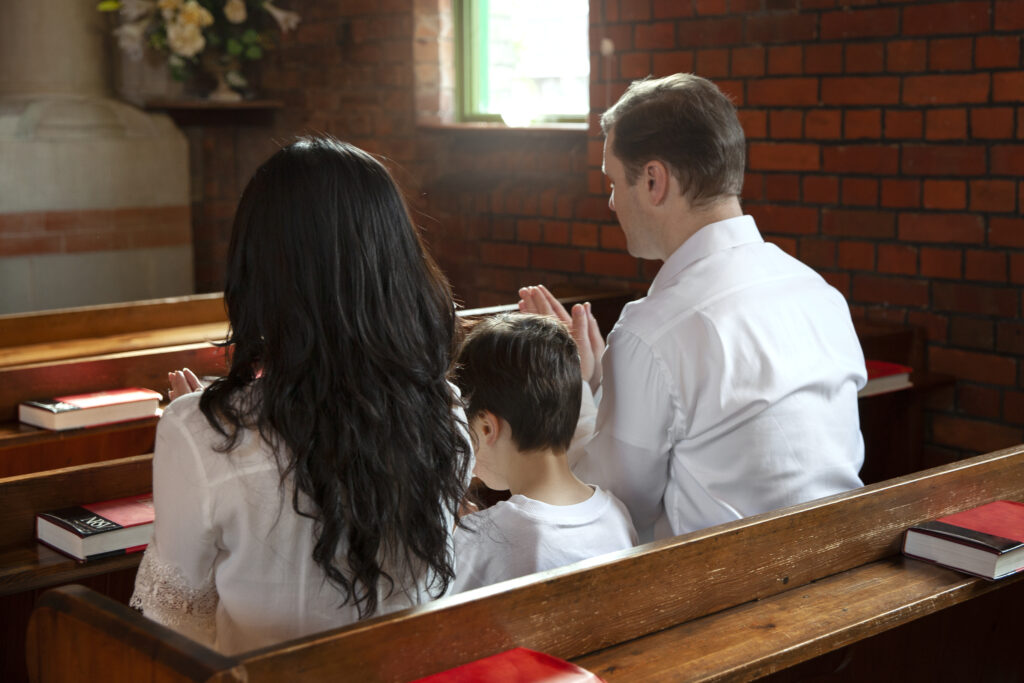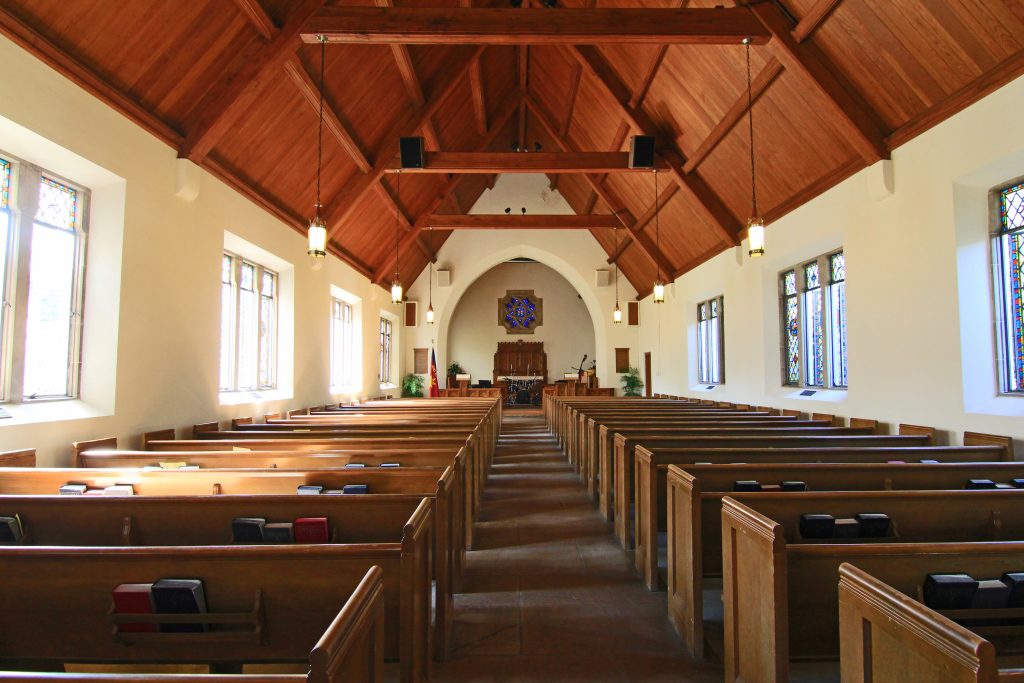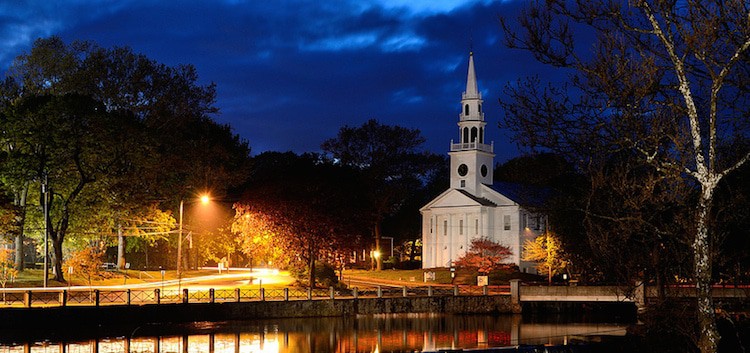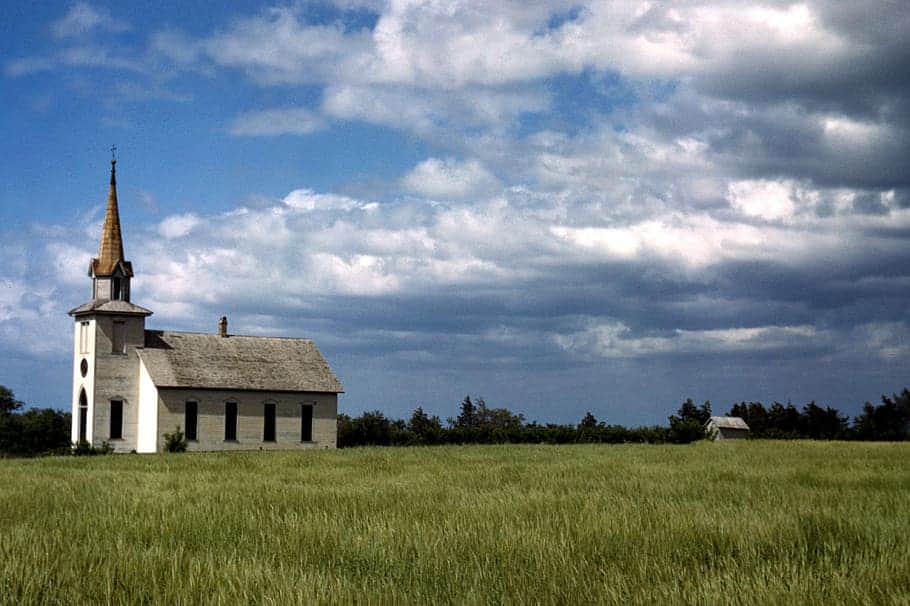The American church landscape has undergone a transformative shift in the wake of the COVID-19 pandemic, as revealed in a ChurchSalary study. While more than a third of churches reported attendance declines between 2020 and 2022, there is a positive narrative of adaptability and resilience emerging from this upheaval.
In challenging times, churches like those led by Paul Seay in Abingdon, Virginia, have both endured and thrived. They have witnessed growth post-pandemic, even though some congregants did not return. The reasons are multifaceted, including disagreements over health policies and relocations, reflecting a dynamic landscape.
Geographically, the impact varies, with urban and suburban churches experiencing more pronounced declines than rural counterparts. Historically Black congregations faced unique challenges, with 64% reporting attendance decreases.
Interestingly, the church’s response to pandemic restrictions significantly influenced attendance. Some churches lost members by enforcing strict measures, while others faced departures due to their relaxed approach. Political and personal factors added complexity, challenging church leaders to find a reopening balance.
Amid these shifts, some churches thrived, attracting new families and fostering engagement. Yet, the study indicates a broader shift in how people perceive church attendance, increasingly viewing it as optional due to busy schedules and diverse interests.
However, church leaders remain steadfast and adaptable, prioritizing their core message of faith. They are reimagining their approaches to meet evolving needs while staying true to their mission. Ultimately, the pandemic has spurred churches to evolve, becoming more flexible, united, and spiritually focused. These churches aim to nurture a culture where individuals can deepen their connection with Jesus and the church, valuing faith above mere attendance numbers.
After a few hard pandemic years, Paul Seay is happy to see more people coming to the two Methodist churches he pastors in Abingdon, Virginia.
Still, he can’t help but wonder, What happened to the people who never returned?
“Some had been very involved—and they’re just gone,” said Seay, who leads Charles Wesley United Methodist Church, a historically Black congregation, and Abingdon United Methodist Church, a large red brick church down the road.
At a low point, Charles Wesley had about six people in attendance. Things didn’t get quite that dire at Abingdon UMC, which had about 180 before the pandemic. But it also really struggled with the impact of COVID-19.
Read the full article.

